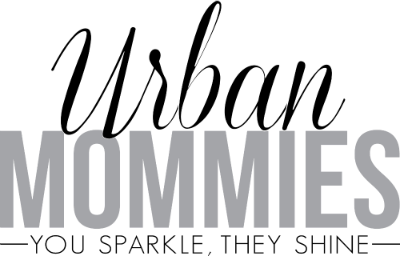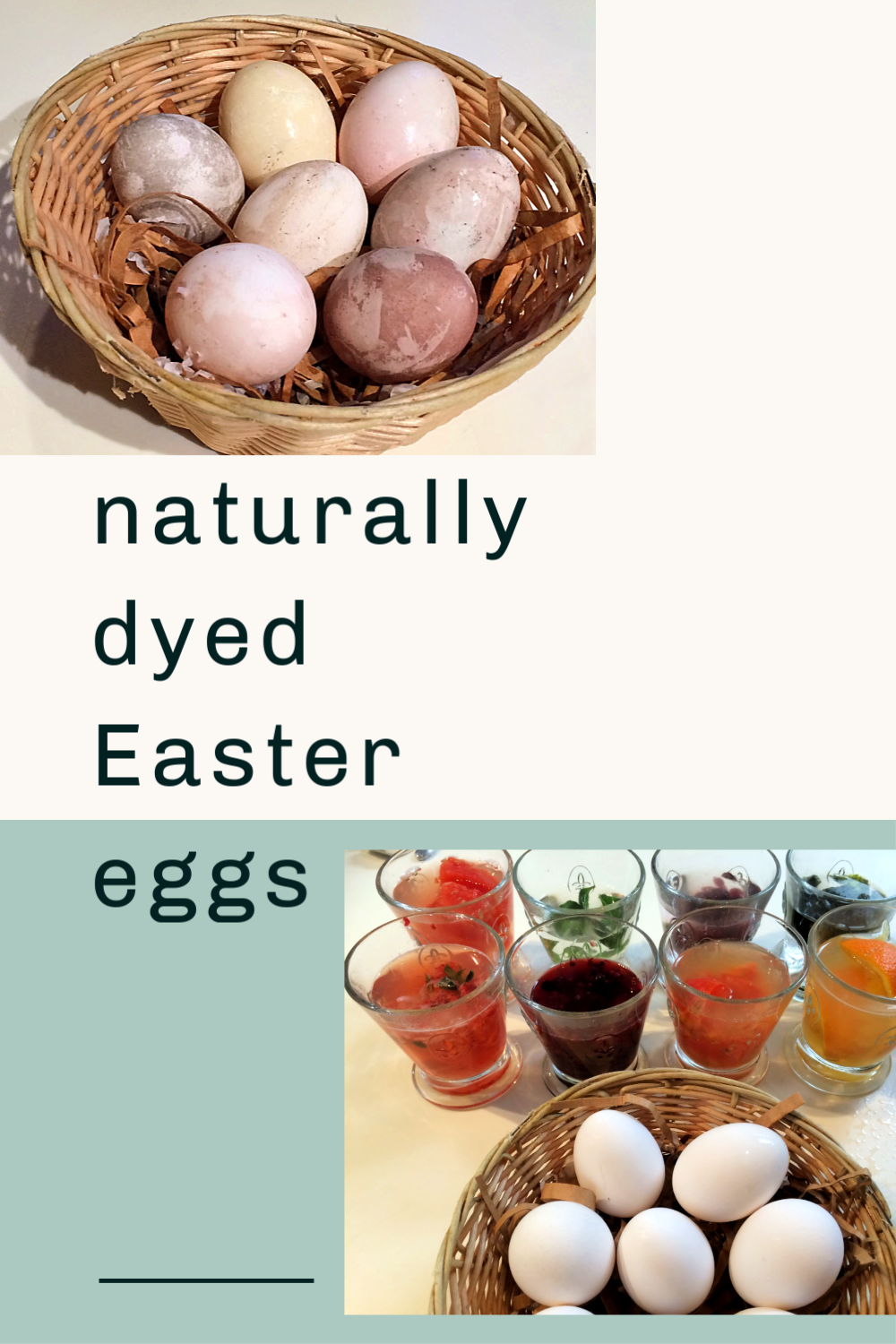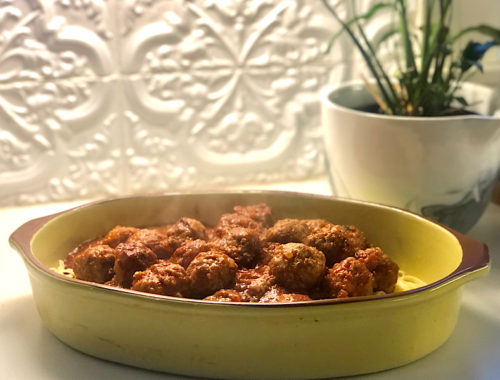There’s something about Easter egg waste and chemical dyes that makes me squirm. Of course there are store-bought, non-toxic natural Easter Egg dyes out there, but I set out to create my own from ingredients in the fridge. The result was muted and beautiful – almost what you would find if you happened upon a bird’s nest in nature. Natural easter egg dyes also make it healthier to consume the hard-boiled eggs after the fact. And after you master these, maybe cloth dying is in the cards!!
Sources of Natural Easter Egg Dye
It’s a bit intimidating to figure out what may work the best, so I just went with any fruit, herbs, veggies and other foods that have rich pigments. In the end, the stuff that usually causes the worst stains worked best. Beets, strawberries, coffee, and wine were the winners. Blueberries made for a gorgeous counterpoint to the pinks, and the acid from oranges made a subtle yellow.
- Orange Slices
- Cherries
- Beet Slices
- Strawberries
- Crushed Mint
- Cranberries
- Fresh Basil
- Watermelon
- Instant coffee
- Tea
- Red Wine
How to Dye Easter Eggs Naturally
First, hard boil the eggs (10-12 minutes). I start with water at the boil and then slip each egg in using a large slotted spoon. After filling each glass with 1/2 cup of boiling water, I added 2 T of white vinegar, an egg and one of the natural dying agents. Place the eggs into the cups while they are still hot out of the pot. After two hours, we removed the eggs and let them dry.
Not only were the pastel results gorgeous, but the eggs were made into a toxin-free, incredible Easter breakfast after the kids found them in the hunt. Here’s an idea for that too. How to Create a Memorable Easter Egg Hunt
Pin it and share!







[…] Natural Easter Egg Dyes How to Create a Memorable Easter Egg Hunt […]
[…] Treats for a Toddler Easter Egg Hunt Natural Easter Egg Dyes Easter Bunny Pop’n […]
[…] using store-bought dye, prepare according to package directions; if using natural dye (we have some great ideas in the link), mix 1 teaspoon vinegar with 1/4 teaspoon of food colouring […]